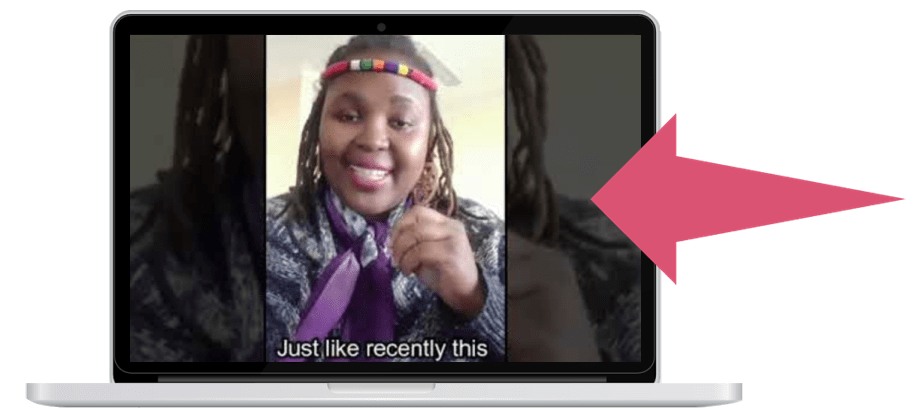
The digital age has made it easy for anyone to create media. We don't always know who created something, why they made it, and whether it's credible. This makes media literacy tricky to learn and teach.
Media literacy is the ability to identify different types of media and understand the messages they're sending. It is an essential skill in the digital age.
Youth Testimony: 5 Dimensions of Media and Information Literacy
Hennah Tarindwa provides a summary of her exploration into Media and Information Literacy, unveiling five essential dimensions in this video.
Copyright: Hannah Tarindwav/UNESCO
Becoming media savvy and mastering the digital landscape is crucial for youth, particularly post-COVID, as it empowers them with critical thinking skills to discern factual information from misinformation, fostering mental resilience and promoting informed decision-making in an era dominated by digital media.

Media literacy isn't just about understanding “stuff”; it sparks creativity, problem-solving, and critical thinking. It's your ticket to tackle challenges, follow your passions, and explore all that life has to offer.

By diving into cutting-edge media literacy methods, you're not just learning the basics. You're building up critical thinking, digital know-how, and top communication skills. Plus, you're honing social skills like teamwork, empathy, and being a responsible digital citizen.
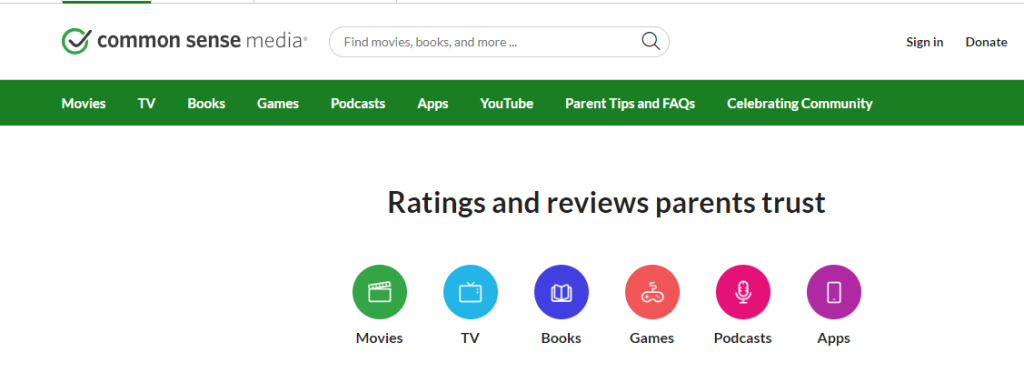
Common Sense https://www.commonsensemedia.org/ is a nonprofit organization dedicated to improving the lives of young people and families by providing the trustworthy information, education, and independent voice they need to thrive in the 21st century.


Understanding how media spreads misinformation in different cultures is a big deal. It can make stereotypes stick, divide people, and keep biases going strong.
But, learning media skills helps you see through it, question stereotypes, and bring people closer together from different cultures.
Becoming Media Savvy:
When you become media savvy, you're not just scrolling through content; you're learning the art of dissecting and judging what you see. It's about being aware and discerning in the world of information.
Here's what you gain:

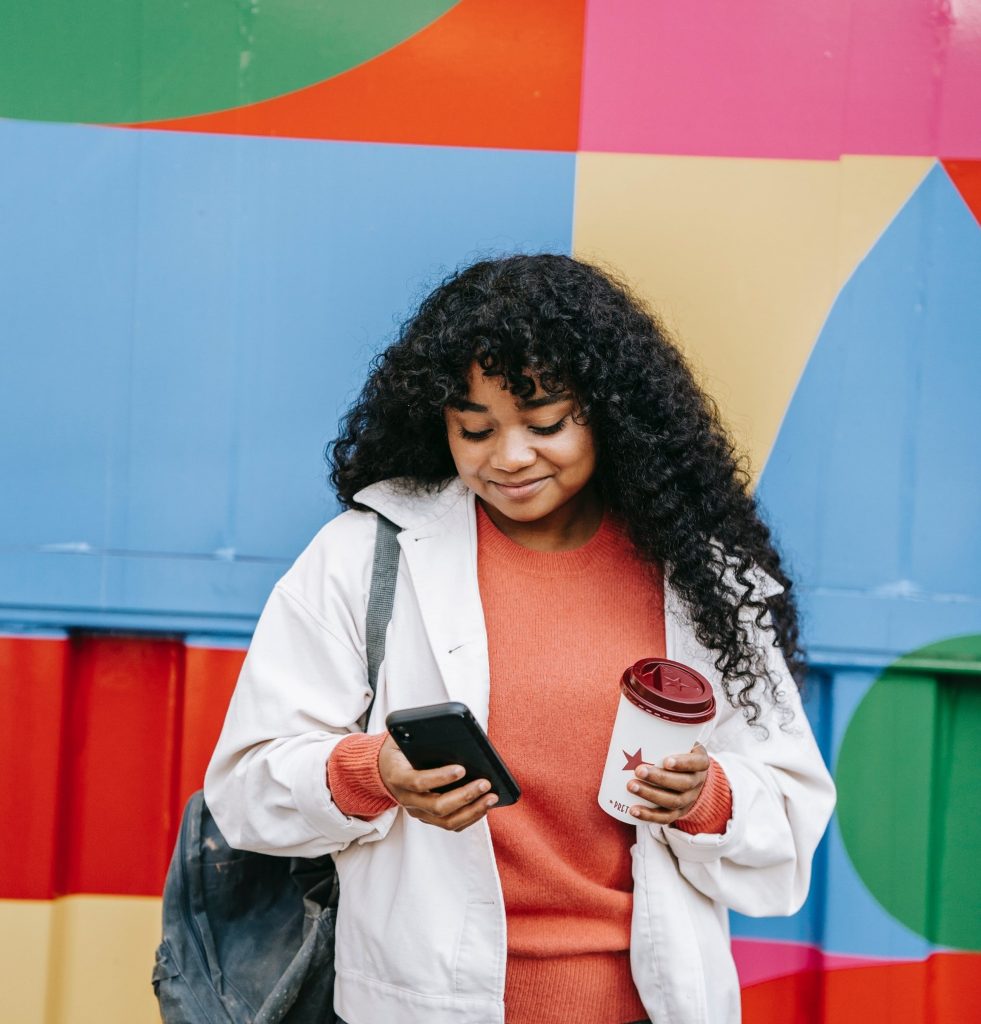
Here's why it matters:
We know that the pandemic led to increased feelings of isolation and disconnection. Enhancing intercultural communication skills allows young people to bridge cultural divides and build meaningful relationships in an online environment. This not only reduces feelings of isolation but also broadens perspectives, enhances empathy, and promotes a sense of belonging in a diverse global community, all of which are crucial for mental and emotional well-being. Mastering intercultural communication in our digital world is particularly important for overcoming the wellbeing challenges that youth faced due to COVID. Why? Because it fosters a sense of global connection and understanding at a time when physical interactions were limited.
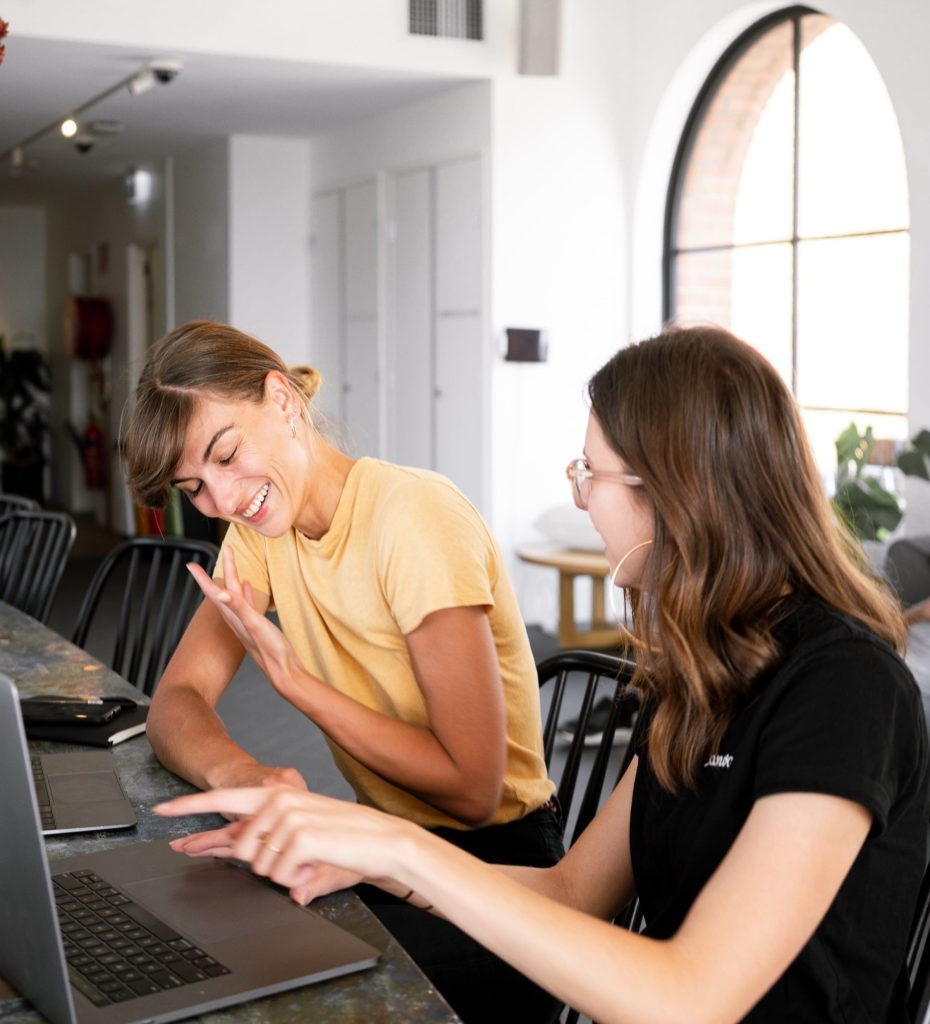
The importance of intercultural communication

In our increasingly interconnected world, the ability to communicate effectively across cultural boundaries is essential. With more opportunities for travel and exposure to different cultures, developing intercultural communication skills becomes crucial for successful collaboration, building relationships in diverse communities, and preventing and resolving conflicts.
By learning about other cultures and finding common ground, we can improver understanding and connection worldwide.
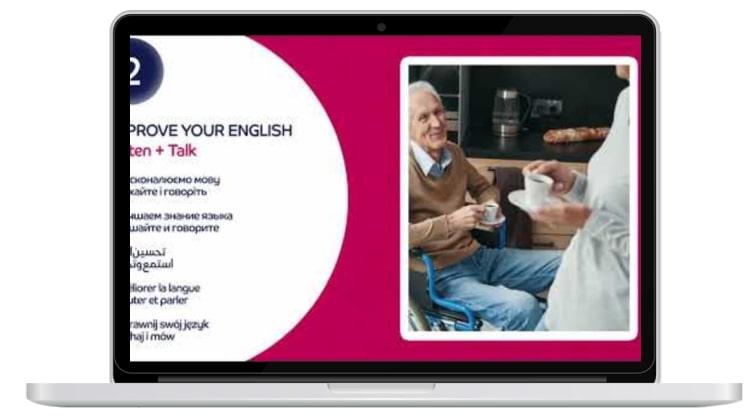
In 2003, Outside Media & Knowledge had a task to produce an easy-to-follow instructional video aiming at diverse cultures in Ireland. They needed to explain in one video the concept and benefits of belonging while addressing the audience in different languages and English as a main language.
Watch the video and evaluate the efforts. What efforts for intercultural communication do you recognize?

Embrace diversity
Embracing diversity, respecting different backgrounds and cultures, and fostering a friendly and open communication environment.

Become a good listener
Learn to really listen, understand others and how to show them they are not speaking in vain.

Learn from other cultures
Learn and show knowledge of other countries and cultures, try to familiarise yourself with customs in relevant regions.

Adjust your intercultural language competency
It is essential to recognise that it's not just a matter of knowing the vocabulary and grammar of the person we are interacting with. It also involves factors such as the speed at which we and the other person are speaking, the volume of our voices, and our respective accents.

Virtual social network platforms (Facebook, Instragram etc) enable cross-cultural communication like never before. They have broken down geographical barriers and made it possible for people from different cultures to connect, share ideas, and learn from each other. But there are downsides, of course.

Through social media tools, you can improve and promote intercultural ideas in a more effective way. Platforms like TikTok and YouTube have millions of videos showcasing different cultures. These can be a great way to visually experience different cultures.

Remember, while these platforms can provide a lot of information, they should not be your only source of cultural education. It’s also important to critically analyze the information you receive, as not everything on social media is accurate or representative of every individual within a culture. Always approach with respect and an open mind.